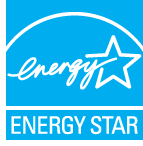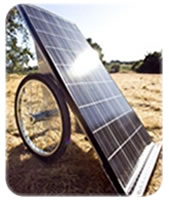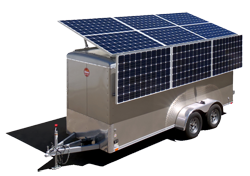If you want to avoid buying clothing that was made in sweatshops (characterized by unsafe conditions, unethical labor practices, and poor wages); and/or you want to buy clothing that is made from natural and organically grown fabrics, rather than from synthetic, petrochemical textiles or from fibers grown with toxic pesticides, you should probably—at least for the time being, until the industry shifts—avoid buying most of your clothing from major retailers, especially those that sell clothes for super-low prices. Those “fast fashion” clothes are not just cheap in price. In most cases, they’re also cheaply made (so they’re not durable), and the people who make them aren’t making a living wage. As President Benjamin Harrison said, “I pity the man who wants a coat so cheap that the man or woman who produces the cloth will starve in the process.”
Furthermore, those workers work long hours in dangerous factories: facilities without proper health and safety standards, audits, or enforcement. (For example, in recent years, more than 1,800 garment factory workers have died on the job in Bangladesh, mostly due to unsafe buildings that collapsed on them. Some clothing retailers, such as Walmart and the Gap, have so far resisted signing onto a new building safety agreement, and instead have proposed weaker initiatives of their own.)
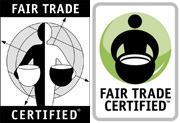 Look for well-made and durable, certified Fair Trade or domestically made (Made in the U.S.) clothes, made of certified organic, natural materials (such as organic cotton, hemp, bamboo, wool) or recycled materials, by ethical and sustainable brands [follow the links below to find some]; or buy clothes second-hand. And most importantly, don’t buy way more clothing than you need, and be sure to donate your unwanted/extra clothing.
Look for well-made and durable, certified Fair Trade or domestically made (Made in the U.S.) clothes, made of certified organic, natural materials (such as organic cotton, hemp, bamboo, wool) or recycled materials, by ethical and sustainable brands [follow the links below to find some]; or buy clothes second-hand. And most importantly, don’t buy way more clothing than you need, and be sure to donate your unwanted/extra clothing.
Apparel Product Assessments and Vetted Brand Listings:
Check the Apparel section of GoodGuide (which also has a mobile app):
…and look for clothing labels that indicate certification with the Global Organic Textile Standard, as well as Fair Trade Certified,
…as well as clothing companies that are Certified B Corporations.
Also check out the Sustainable Apparel Coalition and its preliminary Higg Index, which aims to measure the environmental (and, in a later phase, also the social) performance of apparel products. In addition, there is Greenpeace’s international Detox fashion campaign, which has challenged major clothing brands to get their suppliers to make non-toxic clothes and to eliminate their release of hazardous chemicals, especially those that are contributing to water pollution.
Selected Companies/Brands:
These are a few brands that take the environmental and social impacts of their products more seriously than most other brands. Most of the following companies offer organic and/or Fair Trade clothes. Be sure to check out their “Sale” (or “Specials” or “Clearance”) pages to find discounted products.
- Tentree [added 2023]
- Yala [added 2023]
- Natural Clothing Company [added 2019]
- Eileen Fisher [added 2017]
- Athleta (B Corp.) [added 2018]
- Threads for Thought [added 2013]
If you know of other relevant brands and you would recommend their products to others, please mention those brands in the Comments section.
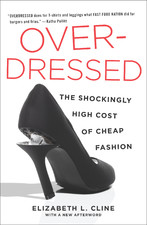 For further information on this topic, you might want to read this book:
For further information on this topic, you might want to read this book:
Overdressed: The Shockingly High Cost of Cheap Fashion, by Elizabeth Cline. (Also check out the author’s Shopping Directory.)
Other recent posts on green products:

 These resources are organized into the following general categories (though some are relevant to more than one category):
These resources are organized into the following general categories (though some are relevant to more than one category): 


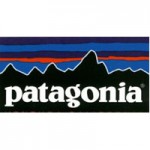
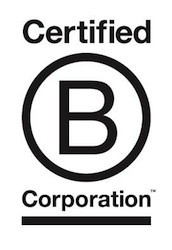
 This checklist outlines a number of ways that you can conserve energy at home (or at work), by changing your household (or workplace) products and practices related to
This checklist outlines a number of ways that you can conserve energy at home (or at work), by changing your household (or workplace) products and practices related to 